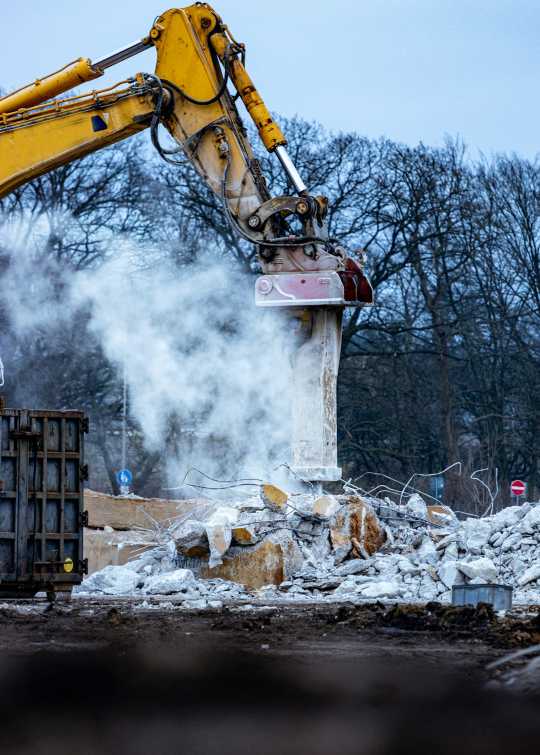Additive manufacturing, also known as 3D printing, has revolutionized the aerospace industry in recent years. This cutting-edge technology allows manufacturers to rapidly prototype and produce complex parts that would be difficult, if not impossible, to create using traditional manufacturing methods. As a result, additive manufacturing has become an essential tool for aerospace companies looking to improve the performance, efficiency, and reliability of their products.
One of the key advantages of additive manufacturing in the aerospace industry is the ability to create lightweight, yet strong, parts. By using advanced materials such as titanium and composites, manufacturers can design components that are not only lighter than their traditional counterparts, but also more durable and resistant to high temperatures and pressures. This reduction in weight can lead to significant fuel savings and increased range for aircraft, making it a crucial factor in the ever-competitive aerospace market.
Moreover, additive manufacturing allows for greater design flexibility and customization. Aerospace companies can now create complex, intricate parts that were previously impossible to manufacture using traditional methods. This means that engineers can design components that are optimized for specific functions, such as airflow, heat dissipation, or structural strength, leading to improved overall performance and efficiency. In addition, additive manufacturing enables rapid prototyping, which allows companies to quickly test and iterate on new designs, accelerating the development process and reducing time-to-market.
Another key benefit of additive manufacturing in the aerospace industry is cost reduction. While the initial investment in 3D printing technology can be significant, the long-term savings can be substantial. By eliminating the need for costly tooling and reducing material waste, manufacturers can produce parts more efficiently and economically. Additionally, additive manufacturing allows for on-demand production, meaning that companies can manufacture parts as needed, reducing inventory costs and the risk of obsolescence.
In addition to these advantages, additive manufacturing also offers benefits in terms of sustainability and environmental impact. By using advanced materials and reducing waste, aerospace companies can minimize their carbon footprint and contribute to a more sustainable manufacturing process. Furthermore, additive manufacturing can enable the repair and refurbishment of existing components, extending their lifespan and reducing the need for new parts to be manufactured.
Despite these advantages, there are also challenges and limitations to the widespread adoption of additive manufacturing in the aerospace industry. One of the main challenges is the need for certification and regulatory approval. Given the critical nature of aerospace components, it is essential that parts manufactured using additive manufacturing meet strict quality and safety standards. This requires extensive testing and validation, as well as collaboration with regulatory bodies to ensure compliance.
Moreover, while additive manufacturing offers greater design freedom, it also presents challenges in terms of scaling production. Currently, 3D printing is best suited for low-volume, complex parts, making it less practical for mass production. However, as the technology continues to evolve and improve, we can expect to see more widespread adoption in the aerospace industry.
In conclusion, additive manufacturing is playing an increasingly important role in the aerospace industry, offering numerous benefits in terms of performance, efficiency, and sustainability. While there are challenges to overcome, the potential for innovation and cost savings make additive manufacturing a crucial tool for aerospace companies looking to stay ahead in an ever-evolving market. As technology continues to advance, we can expect to see even greater integration of additive manufacturing in the aerospace industry, leading to more efficient, reliable, and sustainable aircraft designs.


